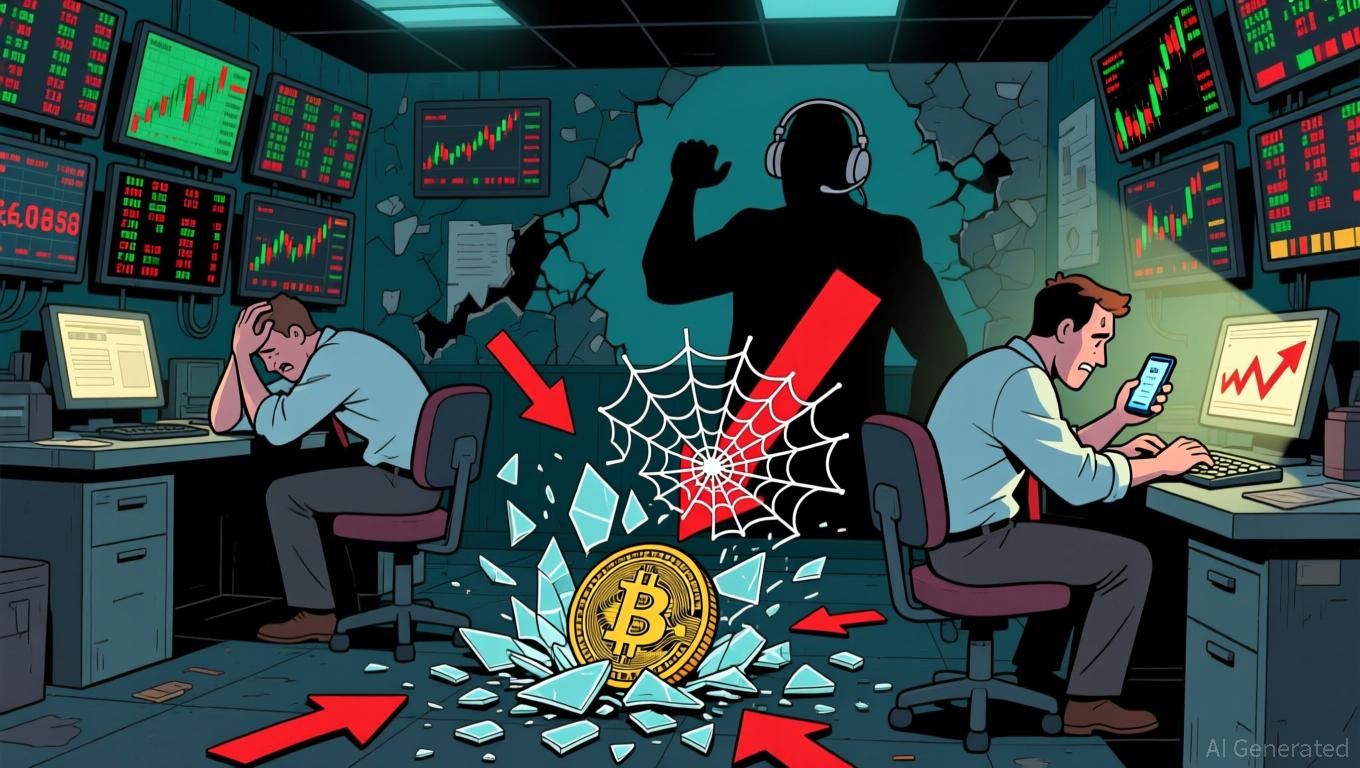India's Debt-Backed ARC Token Eyes Tentative Q1 2026 Debut, Sources Say
India's Asset Reserve Certificate (ARC), a fully collateralized stable digital asset developed by Ethereum scaling and infrastructure development giant Polygon and India-based fintech firm Anq, could go live in the first quarter of 2026, sources familiar with the matter told CoinDesk.
Sources said that each ARC token will trade 1:1 with the Indian rupee and will be minted only when issuers acquire cash or cash equivalents such as fixed deposits, government securities, or cash balances. This setup ensures transparency, safety, and compliance, addressing shortcomings often seen in foreign-backed stablecoins or speculative tokens.
Essentially, ARC is designed to prevent liquidity outflow into dollar-backed stablecoins, keeping liquidity and innovation within India’s domestic economy while simultaneously fostering demand for public debt instruments.
The proposed digital token will complement the Reserve Bank of India's (RBI) Central Bank Digital Currency (CBDC) by serving as a regulated interaction layer developed by the private sector.
In this two-tier framework, the RBI’s Central Bank Digital Currency remains the ultimate settlement layer, safeguarding monetary sovereignty and security. At the same time, the private sector operates the platform that fosters responsible innovation in payment solutions, programmable transactions, and remittance systems within a regulatory-compliant environment.
This framework ensures strong control over the monetary base by maintaining central oversight, all within the boundaries of India’s financial and regulatory system.
Sources said that the ARC will align with rupee partial convertibility: the INR is fully convertible for current account transactions such as trade, business payments, and remittances, but remains restricted for capital account transactions to protect economic stability.
The stable digital token will do so by allowing payments for business transactions without requiring full convertibility. Importantly, only business accounts will be authorised to mint ARC tokens, ensuring compliance with the Liberalised Remittance Scheme (LRS) rules governing individual foreign exchange transactions.
Additionally, ARC’s ecosystem will use Uniswap v4 protocol hooks to restrict token swaps exclusively to whitelisted addresses, reinforcing controlled access and regulatory adherence.
India’s pursuit of a sovereign stablecoin comes amid rising concerns over capital outflows from emerging markets into dollar-backed stablecoins, following the Trump administration’s pro-crypto regulatory measures.
Notably, the landmark GENIUS Stablecoin Act legalized dollar-backed stablecoins, raising alarms about significant liquidity shifts away from emerging economies.
Standard Chartered recently warned that emerging market banks could face deposit outflows of up to $1 trillion over the next three years as savers increasingly turn to dollar-backed stablecoins.
Disclaimer: The content of this article solely reflects the author's opinion and does not represent the platform in any capacity. This article is not intended to serve as a reference for making investment decisions.
You may also like
Bitcoin Updates Today: Despite Bitcoin’s Drop, Positive Indicators Emerge—Could a Recovery Be Near?
- Bitcoin fell to $82,000, but a hidden bullish divergence on weekly charts suggests easing selling pressure and potential rebound. - Institutional outflows ($1.45B in ETFs) and surging on-chain losses ($523M/day) highlight deteriorating market conditions and panic selling. - Mid-sized investors (100-1,000 BTC) are accumulating while whales (1,000-10,000 BTC) distribute, signaling supply redistribution. - Key support at $80,000 and $85,389 could trigger stabilization, but sustained buying from institutions

XRP News Update: XRP ETFs See Significant Growth as Token Drops 32%—A Dilemma for Investors
- XRP ETFs surged with $164M net inflows on Nov 24, outpacing BTC/ETH/SOL funds despite broader crypto redemptions. - Franklin Templeton's XRPZ and Grayscale's GXRP led inflows, highlighting institutional demand for XRP's cross-border payment utility. - XRP ETFs accumulated $586.8M in cumulative inflows since launch, contrasting BTC ETFs' $151.1M outflows on same day. - XRP token fell 32.5% in a month despite ETF success, revealing market complexity where inflows don't correlate with token prices. - Regula

CFTC's Newly Formed Council Addresses the Challenge of Balancing Crypto Innovation and Regulatory Oversight
- CFTC launches "CEO Innovation Council" to collaborate with crypto leaders on responsible digital commodity regulations. - Agency advances spot trading plans and engages exchanges like Coinbase to clarify leverage rules amid stalled legislative updates. - Polymarket's U.S. re-entry with $1B+ weekly volumes highlights CFTC's balanced approach to innovation and compliance oversight. - Bipartisan Senate draft seeks expanded CFTC authority over spot trading while addressing resource gaps for regulatory enforc

Bitcoin News Today: Bitcoin Drops 30%—Is This a Market Correction or the Start of a Bigger Decline?
- JPMorgan claims Bitcoin hit a critical bottom amid a 30% price drop to $87,000, driven by $3.5B ETF outflows and macroeconomic shifts. - Market volatility intensified by $4.6B stablecoin liquidity contraction and leveraged position unwinds, eroding institutional support layers. - Bitcoin Munari project aims to expand Bitcoin's utility via EVM-compatible smart contracts and privacy features, targeting $3.00 token price by 2026. - Analysts suggest current selloff could reset the market, with potential stab

